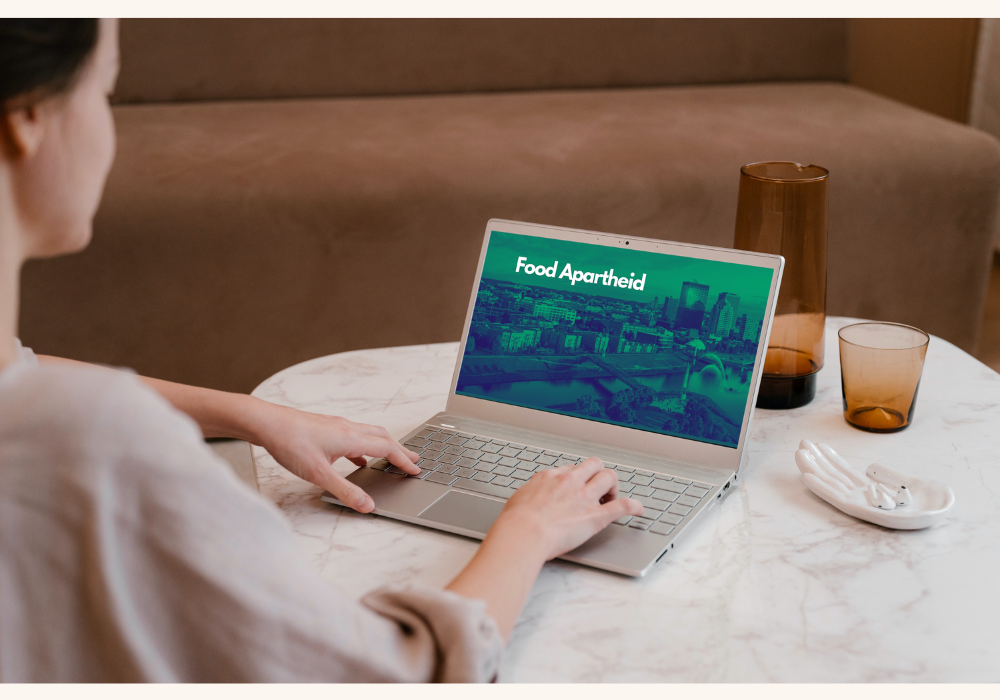Food Apartheid Simulation
Tools Used: Storyline 360, Adobe Illustrator, Adobe XD, Visual Studio Code, Veracity LRS, Miro, Mailchimp
Overview
This piece was inspired by the WYSO article, “Changing the language of food scarcity in Dayton” from WYSO. Many people are familiar with food deserts as communities that lack access to grocery stores. Deserts are natural. Apartheids are intentional.
I have experienced poverty simulations before, but I am going to create a food apartheid simulation.
Research
I want my project to be accurate and respectful, so I reached out to the WYSO reporter of that article. They were very receptive to my idea and gave great suggestions for scenarios. In addition to their suggestions, I was put in contact with the Chief Development Officer of The Dayton Food Bank, and a professor from the Food Innovation Center at Ohio State University.
From these conversations, I learned a lot about the daily choices people in these communities have to make in order to get access to food.
Process
The OSU professor sent me the assignment she gives to her students. This helped give me guidance on where to start with my ideas.
Mind Map
Next, I created the mind map in Miro. The goal of the simulation is to get healthy food. Starting with the first choice being the mode of transportation (drive, bus, ask a friend for a ride, or walk), I then wrote the events, the choices, and the consequences. Some ideas came from my research, and some come from my personal experience.
Continued Development
This piece is still being developed, so check back to view the full project!
I will create the visual assets using Adobe Illustrator. Next, wireframes and iteration will be done in Adobe XD. Before going into Articulate Storyline 360, I will write the Javascript xAPI code in Visual Studio Code. While I don’t have prior experience with xAPI, this is a skill I’ve started developing since getting the idea for this project.
I will use Veracity LRS to store the data I collect from this simulation. By looking at the percentage of responses, I want to use this information to determine actions people think are correct to create an effective community education plan to increase food bank donations and volunteers.
I have received permission from The Dayton Food Bank to include a link to donate to their page at the end of my simulation. AT the end of the simulation, I will also include an optional prompt for the user to submit their email address. Using Mailchimp email automation software, users will be sent a daily email for one month on a new way to help the community. This is inspired by The Dayton Food Bank’s adaption of Feeding America’s 30 Ways in 30 Days calendar for Hunger Action Month in September.





